Table of Contents
The heritage of Italians with wine dates back many millennia. However, before three wars and several political misadventures during the first half of the 20th century, this incredible legacy began to be forgotten. Italy’s economic restoration of the 1980s reawakened its trade in wine, with significant improvement in quality acknowledged far beyond its borders. First, it was Barolo, then Amarone della Valpolicella, and the Super Tuscans—all catapulted into luxury “brand” status—establishing Italy in the pantheon of world-class wines.
This year, Italy passed France as the world’s largest producer of wine. The U.S. East Coast, with over ten million Italian-Americans, is one region where Italian wines are in high demand.

Italian Wine Regions
Tuscany
Tuscany, Italy’s oldest winemaking region—and the home of an ancient culture, the Etruscans—features the grape Sangiovese. It is thought to be quite variable genetically and thus has brought about many misunderstandings over the long run. Some of the varieties planted here have now been identified as being Sangiovese by DNA testing. Modern winemakers use Cabernet Sauvignon in their Super-Tuscan wines, which were first not included in the classic Tuscan wines like Chianti.
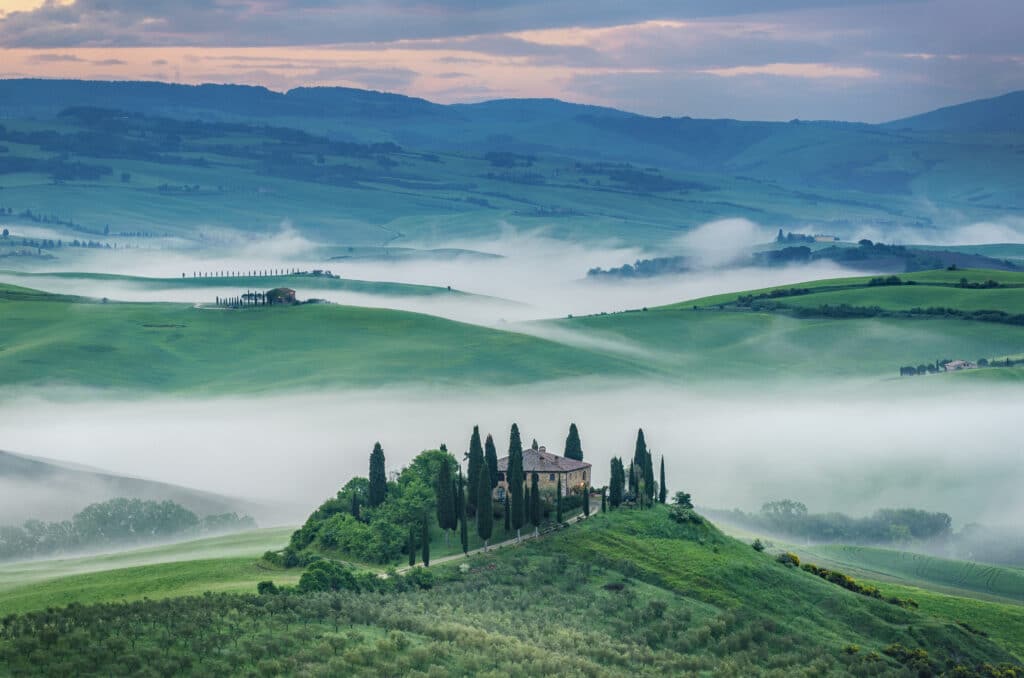
Sicily
Once dismissed, Sicilian wines saw their Marsala counterparts turned into parodies of themselves, the vast majority of wines being sold in bulk. But Sicily has transformed its reputation with the help of winemaking legends, producing high-quality wines now from grapes like Frappato, Nerello Mascalese, and Nero d’Avola, as well as beguiling whites from Moscato Bianco and Grillo.

Trentino-Alto Adige
The wine labels of this region in the northeast of Italy appear in Italian, German, and Ladin. The main varietals in the area are: Pinot Grigio, Gewurztraminer, Chardonnay, Schiava, Lagrein, and Pinot Blanc. The cold climate provided by the Alps, the abundant sunshine, and the alpine soils make it perfectly suitable for grape growing. The region also boasts its natural wines and amphora-aged orange wines, which find favor with sommeliers.
Abruzzo
Abruzzo, where the combination of hills, hilly terrain, and coastal plains—its potential—up to now has not been properly recognized, despite producing such fine wines as Cerasuolo d’Abruzzo. Researchers think many grape varieties from northern Italy and France originated in it.
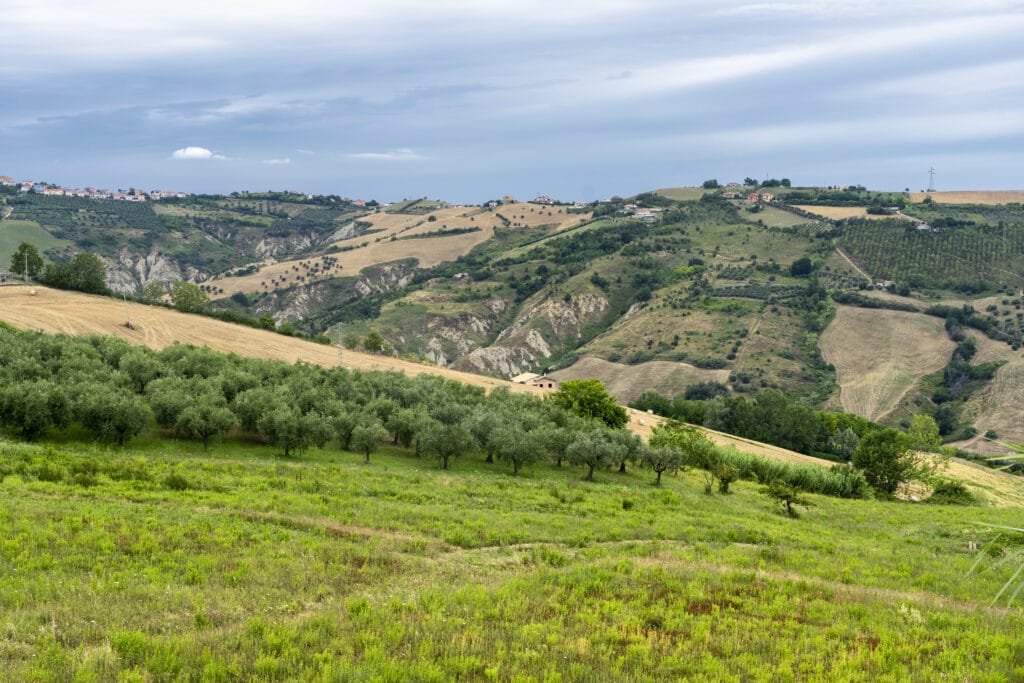
Umbria
Only a few of Italy’s favorite wines originate in Umbria—one reason would be its small production. The wine is often rich and suitable for aging, and the star grapes are Sangiovese, Grechetto, Merlot, and Trebbiano. Most notably, the Sagrantino from Montefalco is renowned for tannic strength and complexity.

Sardinia
Sardinia is prominent for being a region where more beer is produced and consumed than wine. Nevertheless, it makes fine varieties such as Torbato, Nasco, Monica, Semidano, and Vermentino.
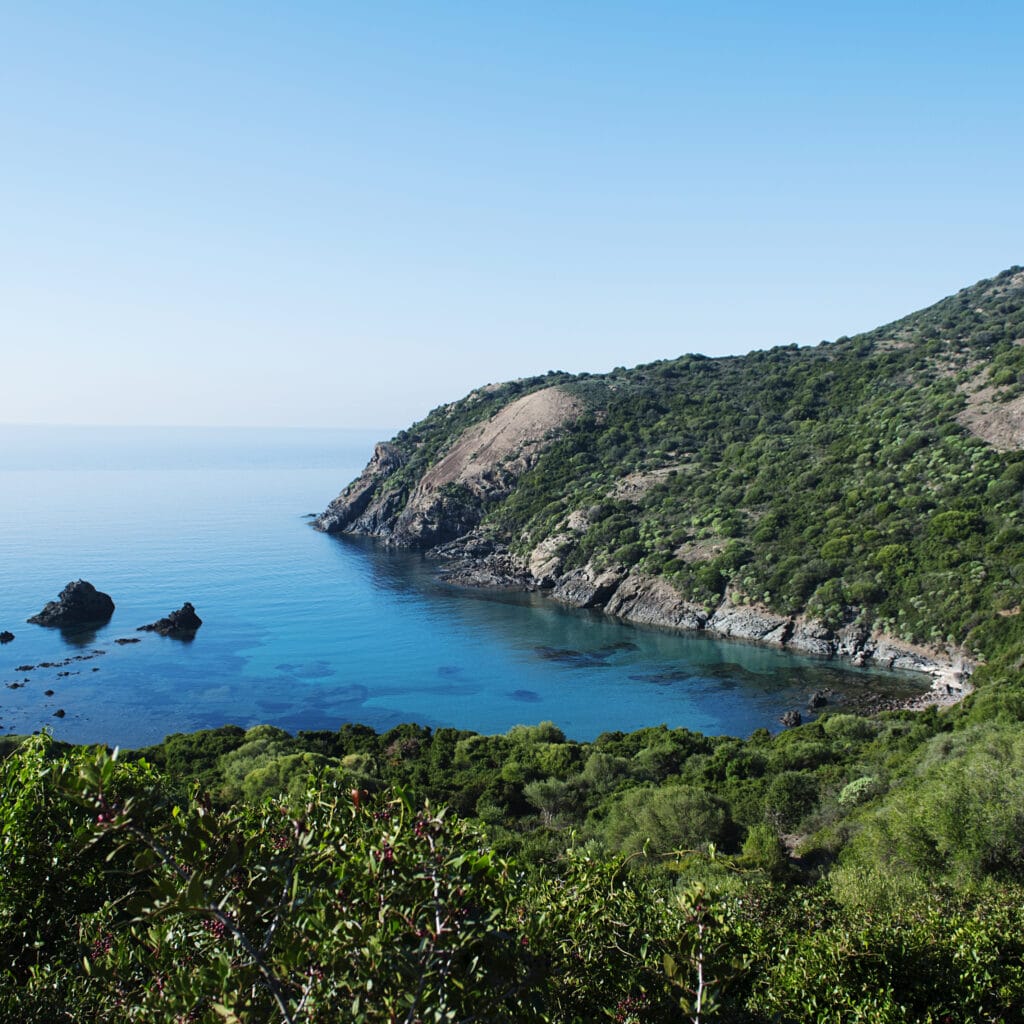
Puglia
The southern geographical conditions of Italy’s Puglia have much to offer, leading to varied wine styles: The south is known for Primitivo and Negroamaro, while the north grows Sangiovese and Montepulciano.
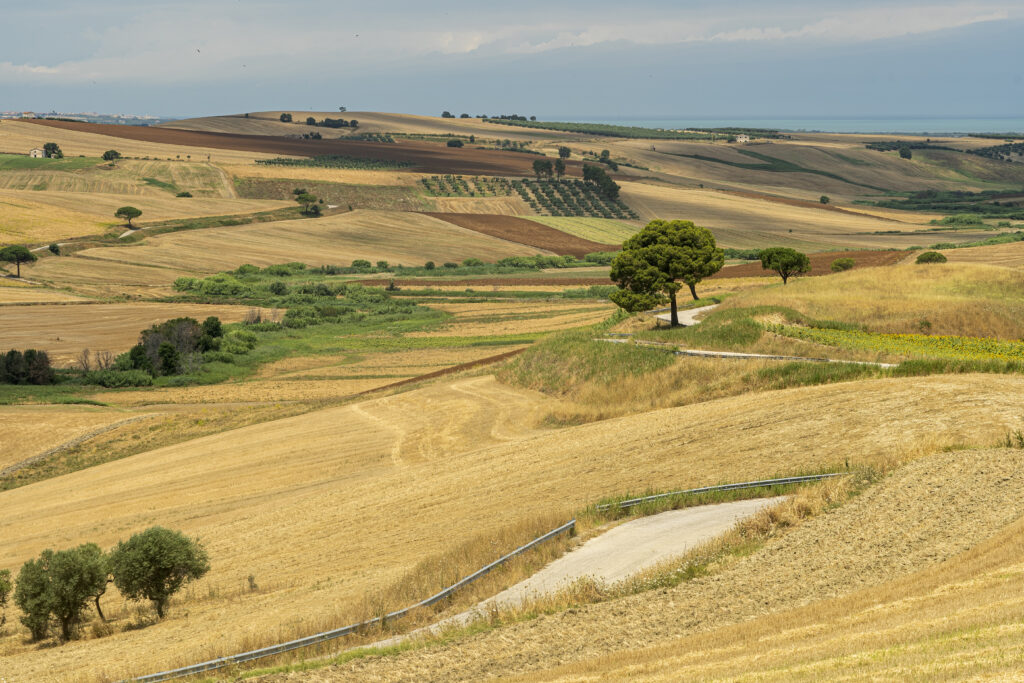
Veneto
Veneto, in the northeast of Italy, showcases other unique varietals such as Garganega, Glera, and Corvina Rondinella. The region is famous for Amarone della Valpolicella: a vibrant, dry wine made from partially dried grapes.
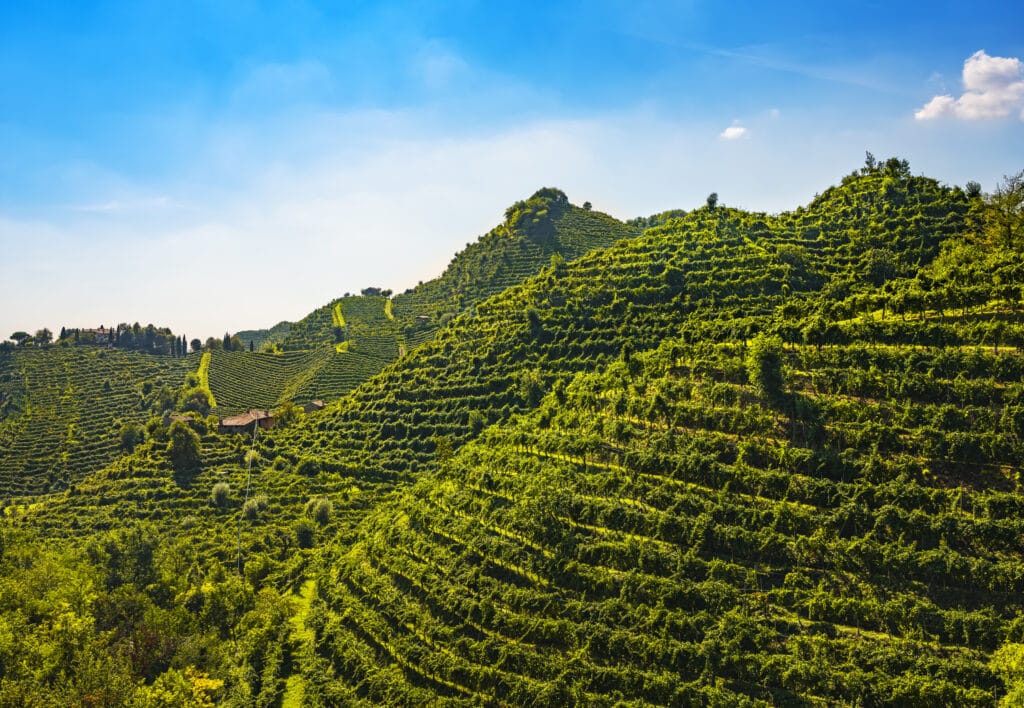
Campania
Naples is its capital, and the region is especially renowned for its unique wines grown in volcanic soils. Notable grapes include Falanghina, Greco di Tufo, and Lacryma Christi del Vesuvio. Aglianico is believed to be a core grape of ancient Roman wine.
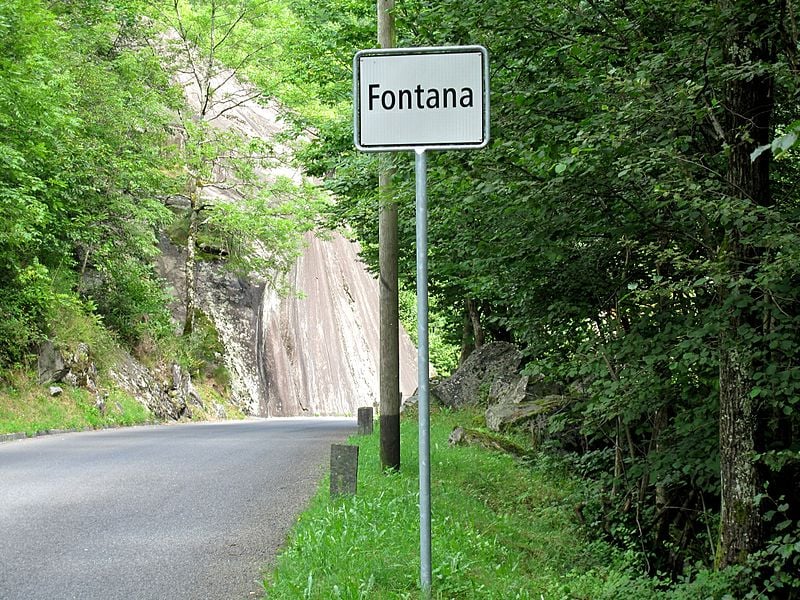
Piedmonte
Situated near France and Switzerland, Piedmonte houses classic examples of Nebbiolo, Barbera, and Moscato. Most wines here are red, taking advantage of alpine conditions with diurnal temperature variation. Piedmonte is famous for the wine regions of Barolo and Barbaresco.

Italian Wine Grapes
- Nebbiolo: light red, but with strong tannins displaying flavors of tar, tobacco, herbs, and cherries.
- Barbera: These have gentle tannins and intense tastes of berries; blending is often employed.
- Teroldego: Much like Zinfandel but with spiciness, tar, and red.
- Lagrein: Characterized by grippy tannins, bitterness, and bright red fruit.
- Sangiovese: Italy’s most widely planted varietal, with its flavors of cherry, strawberry, plum, and herbs.
- Sagrantino: Incredibly dark in color, extremely dominant tannin structure, and age.
- Gaglioppo: low tannins, high acidity, flavors of spicy cherry, light berries.
With Italy’s vital wine regions, strict wine regulations, and unique cultivars, trying Italian wine should be a no-brainer. Italians are, after all, the masters of the wine industry – and it shows in what they produce. In addition, the Italian wine regions all carry such unique terroir and stories – allowing the vines there to develop in an equally impressive manner. Feel like a glass of Italian wine now? We do too.
Italian Wine Region FAQ
What is the most famous wine region in Italy?
The most famous wine region in Italy is Barolo.
Where are the two best wine regions in Italy?
The best wine regions in Italy are up for debate. Many sommeliers say that the two are Barolo and Brunello di Montalcino.
How many wine regions are in Italy?
Many publications claim there are twenty wine regions in Italy. However, those are the generic political boundaries. There are over 398 discrete wine regions in Italy.
What is the largest wine producing region in Italy?
The largest wine-producing region by volume is Veneto. However, the largest wine region by landmass is Sicily.

It is very informative article and very useful for us thank for sharing this article with us.
Hi. I can see that you didn’t mention “Le Marche” as a wine region, which is ok since you didn’t mention many others, but i can’t make peace with not mentioning “Verdicchio” as maybe the most planted grape variety in Italy, even more planted than sangiovese which gives wines of extraordinary quality and longetivity. I’m not an enologist or a master sommelier just another true lover and a bit of a geek. Sorry for my english. Cheers!